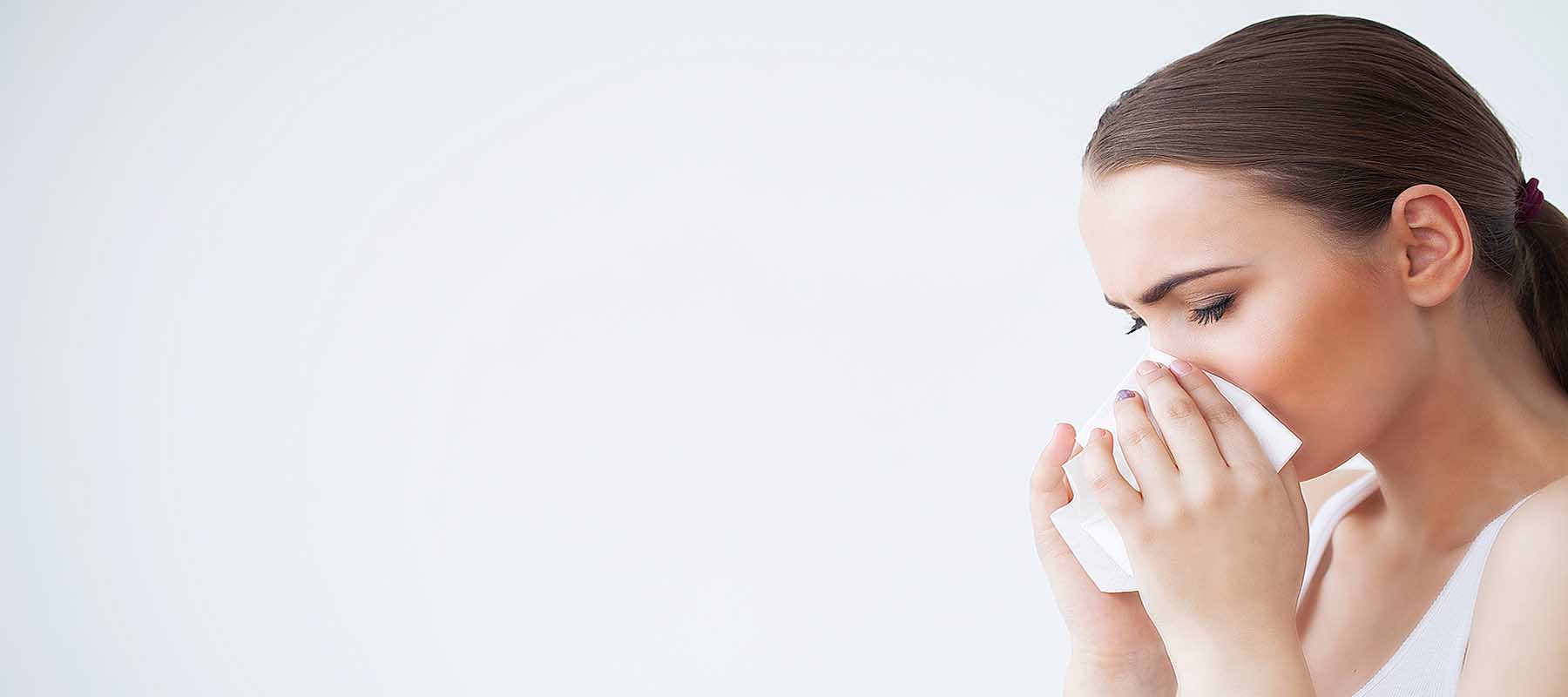 Spring has sprung and summer is just around the corner. Time to get outside and enjoy the warm temperatures and fresh air. If you have allergies and like to be outside, it can be a challenge. Don’t reach for another dose of antihistamine; stop allergies before they start. Reach for a pollen-protecting mask. Reach for the Qmask. We think it is by far the best mask for gardening and many other outdoor activities.
Spring has sprung and summer is just around the corner. Time to get outside and enjoy the warm temperatures and fresh air. If you have allergies and like to be outside, it can be a challenge. Don’t reach for another dose of antihistamine; stop allergies before they start. Reach for a pollen-protecting mask. Reach for the Qmask. We think it is by far the best mask for gardening and many other outdoor activities.
The Pollen Problem
Spring brings tree pollen and summer brings grass pollen. If you are gardening outside, you are going to breathe pollen.
It is in the air and on the plants. Depending on the wind speed, the  pollen doesn’t even need to originate in your yard for you to be exposed. The wind is important to pollen dispersal. Plants depend on the wind. The pollen you can breathe in your yard can come from plants miles away. The minute you go outside you are exposed!
pollen doesn’t even need to originate in your yard for you to be exposed. The wind is important to pollen dispersal. Plants depend on the wind. The pollen you can breathe in your yard can come from plants miles away. The minute you go outside you are exposed!
Reduce reactions to pollen by reducing your exposure. This doesn’t mean you have to stay inside. It does mean that before you go outside you should put on a mask that stops pollen. Be sure to pick a mask that doesn’t let in pollen and doesn’t restrict your airflow. That’s where the Qmask comes in.
What Makes QMask Best Mask for Gardening
Gardening is physical. Digging, pruning, carrying debris, watering, mulching, and more. All of this physical effort is good exercise. When you exercise your muscles need oxygen. The last thing you need is a mask that restricts your airflow and your oxygen.
 Breathe easy with the Qmask. The revolutionary material won’t clog and it won’t restrict your airflow. Instead of trapping pollen and other debris, it blocks and repels them.
Breathe easy with the Qmask. The revolutionary material won’t clog and it won’t restrict your airflow. Instead of trapping pollen and other debris, it blocks and repels them.
In a nutshell, pollen hits the mask and bounces off. You breathe easy and you breathe pollen-free.
Wear glasses? Not a problem with the Qmask. The flexible edges conform to the contours of your nose and cheeks easily and comfortably. Your glasses or sunglasses will not fog up and the Qmask won’t compete with your glasses for valuable real estate behind your ear.
Instead of wide straps, the Qmask uses soft ear loops to keep your mask in place. It won’t interfere with your hearing aids either!
That’s just the start. Unlike cheap paper-style masks that you use once and throw away, the Qmask is reusable. Just rinse to remove any pollen and let it drip dry. Wear it over and over and over again. Al season long you’ll agree that the Qmask is the best mask for gardening.
Be Cool
With all that exercise, you can work up a sweat. Be cool with the  Qmask. It won’t get hot no matter how strenuous your activity. Mary-Margaret “says it is cool, easy to breathe, and totally prevents inhalation of pollen You can’t ask for more in a mask for gardening.”
Qmask. It won’t get hot no matter how strenuous your activity. Mary-Margaret “says it is cool, easy to breathe, and totally prevents inhalation of pollen You can’t ask for more in a mask for gardening.”
Other Ways to Avoid Pollen
When you come inside, head to the bathroom and remove all your clothing. Your hair and clothes are like pollen magnets. When you come inside you bring all that pollen with you. You don’t want to spread it around the house.
Shower and wash your hair to remove pollen and mold spores. Deposit your pollen-filled clothes in the hamper. Do not keep the hamper in the bedroom!
During Spring and summer months, check your pollen forecasts at Pollen.com. Don’t hang clothes out to dry these days. Keep pets inside as well. Their fur picks up pollen and it will hitch a ride inside.
So grab your Qmask and get gardening! Tell us what you’ve grown in the comments below
Til Next Time
Cheryl




